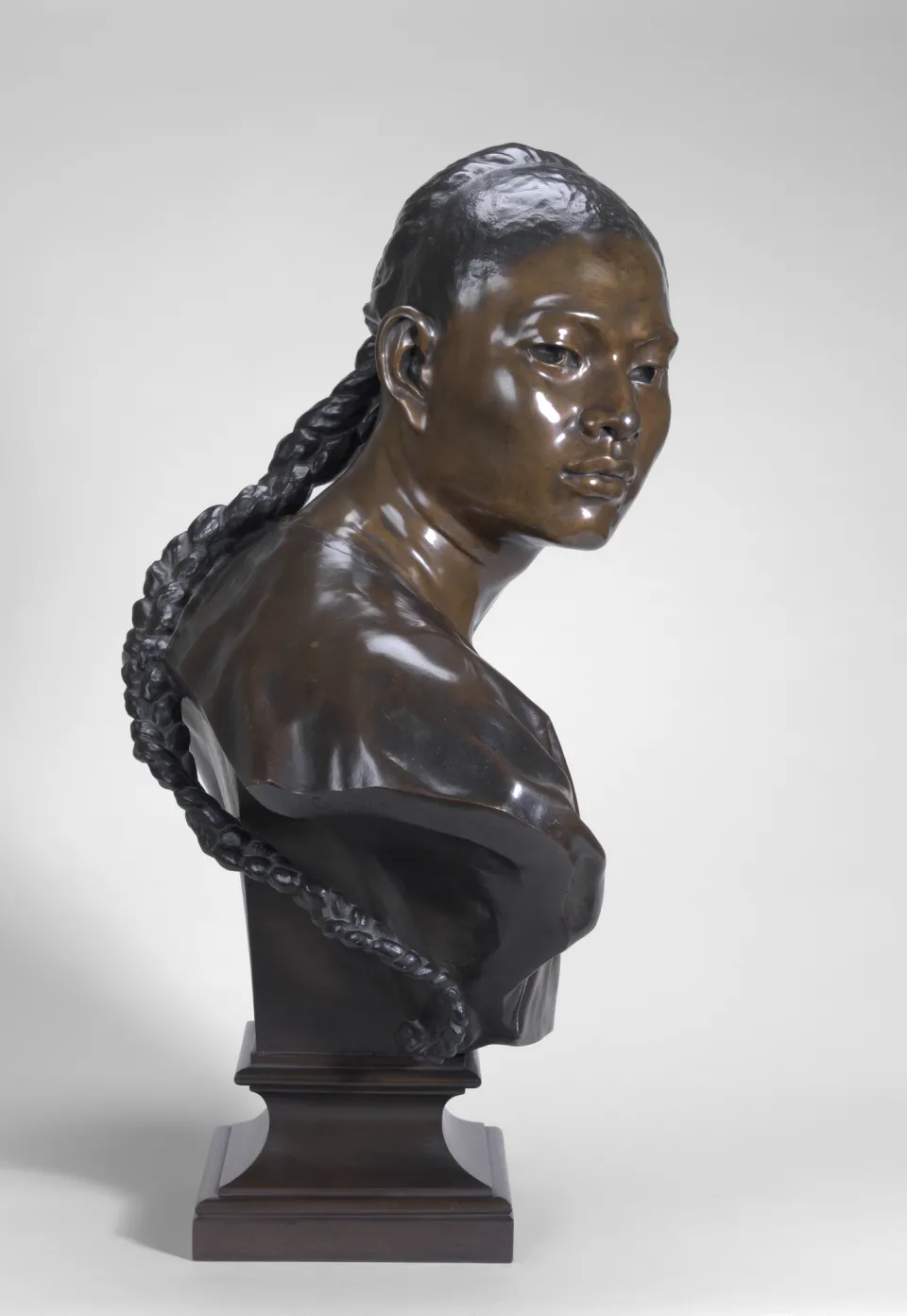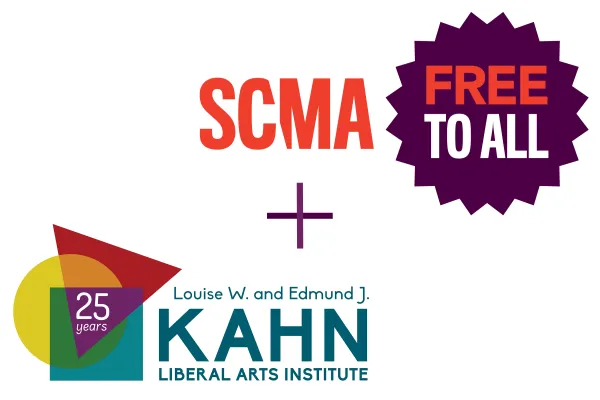Interrogating Legacies of French Imperialism in the SCMA Collection
Carpeaux’s Bust of a Chinese Man
Published March 29, 2024
A Kahn Institute Short-Term Project
Friday, March 29, 5–8 p.m. and Saturday, March 30, 10 a.m.–2:30 p.m.
Organizing Fellows
Danielle Carrabino, SCMA Curator of Painting and Sculpture
Maureen DeNino, French Studies
Project Description
This short-term Kahn project seeks to gather an interdisciplinary group of participants to closely examine the 19th-century sculpture Bust of a Chinese Man by Jean Baptiste Carpeaux to generate reflections and questions concerning colonialism, gender and sexuality, scientific racism, migration, labor, and the exoticization of the East. We also hope to consider this work in light of current debates concerning the place and purpose of public monuments, rethinking current museum practices, and attending to the racism faced by Asians and Asian Americans.
A part of the still-existent Fountain of the Observatory in Paris’s Luxembourg Garden, the sculpture forms one of four full-length allegorical nude women holding a celestial sphere.
The fountain signifies the four corners of the world and valorizes Europe’s longstanding imperialist ambitions. Bust of a Chinese Man (Le Chinois) is of particular interest because it uses a male Chinese model to represent the female personification of Asia. The sculpture, then, exemplifies the workings of Orientalism—the European portrayal of the East as feminine, weak, mysterious, and exotic.
The fountain was one of Paris’s many urban renewal projects of the Second French Empire of Napoleon III (1852–1870) initiated by Baron Haussmann, who supported the expansion of France's colonial holdings in Latin America, Africa, and Asia. This sculpture thus symbolizes the persistence and success of these ambitions and the civilizing project of colonialism in the 19th century, informed by new developments in scientific ideas about race and reflected in social attitudes of the time.
The figure of Asia, later modified by Carpeaux as a bronze bust for sale on the art market, joined the Smith College collection in 1970.
We hope to consider whether and how such an object, and others like it in the SCMA collection, could be useful or inappropriate for teaching or whether the sculpture should be displayed at all. Can such an object represent, reflect, and uplift marginalized and minority identities, or does it perpetuate stereotypes and cause harm?

Jean Baptiste Carpeaux, French, 1827–1875. Bust of a Chinese Man (Le Chinois), 1868 modeled, ca. 1872–1874 cast. Bronze. Purchased.
Photo by Petegorsky/Gipe for SCMA.
Share your interest by Friday, February 16
If you have questions about the project, please feel free to contact us for more information. To join the conversation, please complete this form by Friday, February 16. Applicants will be notified about their acceptance by Monday, February 26 and will need to confirm their attendance by Friday, March 8.
